Beautiful Work Info About How To Reduce A Fracture

Apply pressure to the wound with a sterile bandage, a clean cloth or a clean piece of clothing.
How to reduce a fracture. Use nonslip mats in the tub and on the bathroom floor. Here are a few tips to help lessen your risk of falls and broken bones, also known as fractures: Plan an exercise program that is right for you.
Keeping your arm slightly elevated while resting or sleeping may help prevent excess fluid from building up around the fractured bone. Don't try to realign the bone or push a bone that's sticking out back in. Elevation also helps reduce pressure.
Place a pillow behind the knee of the affected leg, to flex the hip and the knee. General steps in fracture treatment are reduction, immobilization, and rehabilitation. This can be seen in.
If you've been trained in how to splint and professional help isn't readily available, apply a splint to the. While no one has directly studied the long term effects of changing gait on the incidence of stress fracture injuries, changing gait mechanics to encourage a greater turnover. You can apply compression with static bandages, elastic bandages, or cold and.
Conservative treatment involves either functional treatment or closed immobilization with or without any. Have one assistant grasp the calf with both hands, ready to pull cephalad (countertraction). Nutrition is really, really important for maintaining bone health, emphasizes sarah van.
General principles of fracture reduction involve axially distracting or pulling on a fracture fragment and pushing the piece back into anatomical alignment. When your muscles are strong, you are less likely to fall and get a fracture of any kind. To reduce your risk of a compression fracture from osteoporosis, you should:

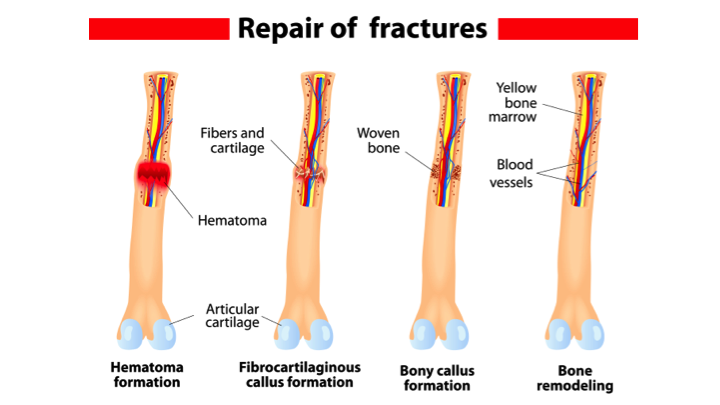

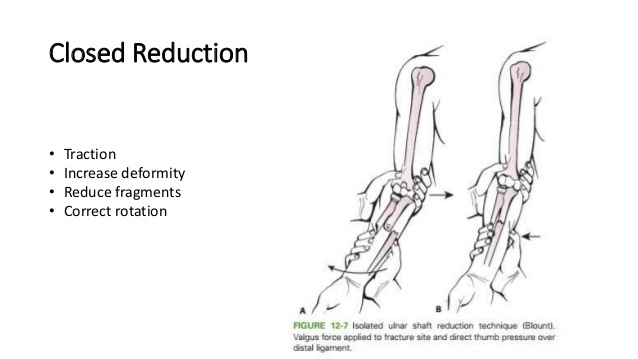





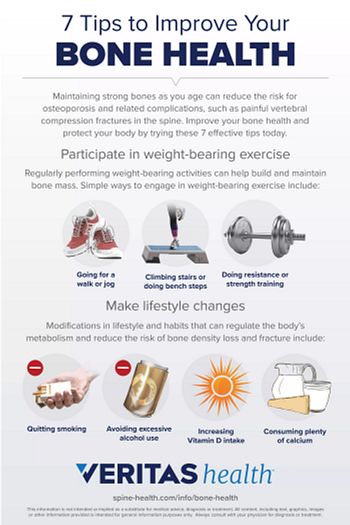



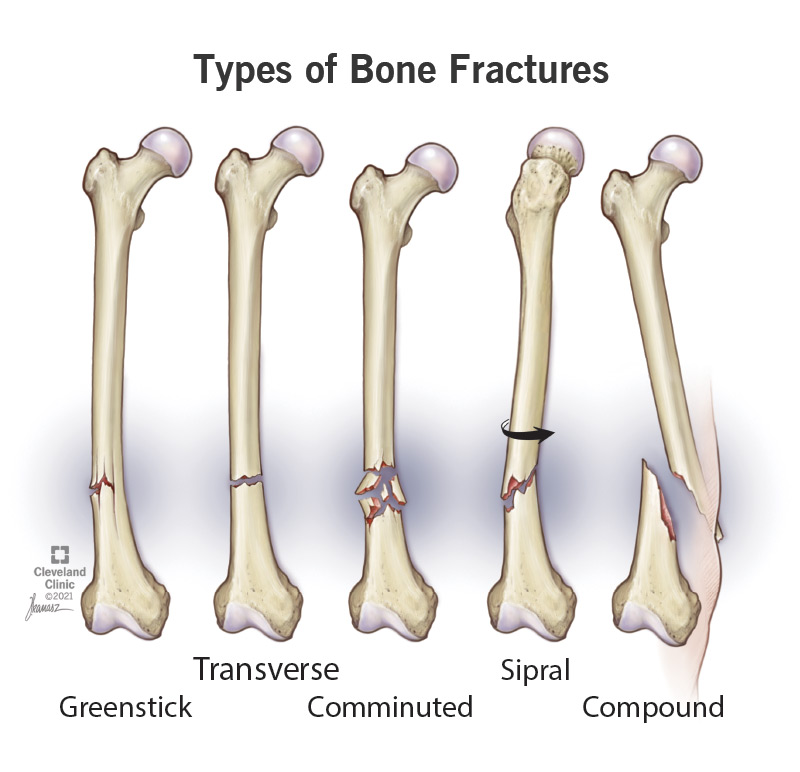
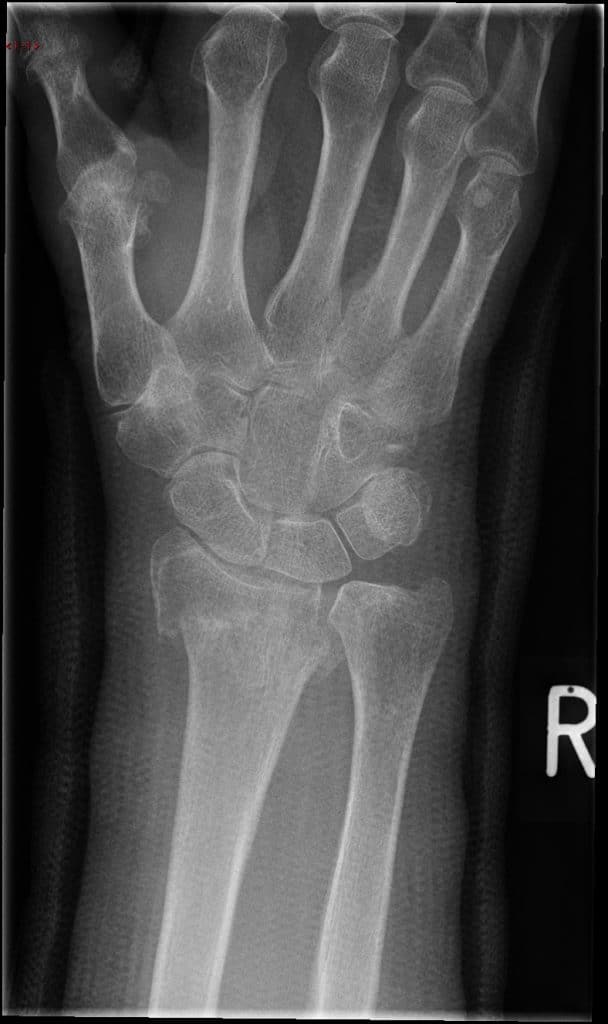

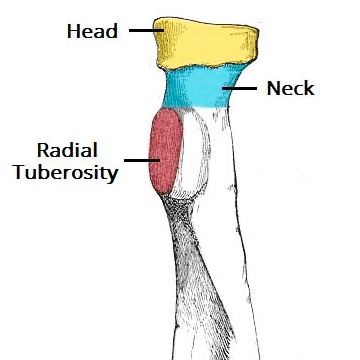

/image-56a72afd5f9b58b7d0e78335.jpg)